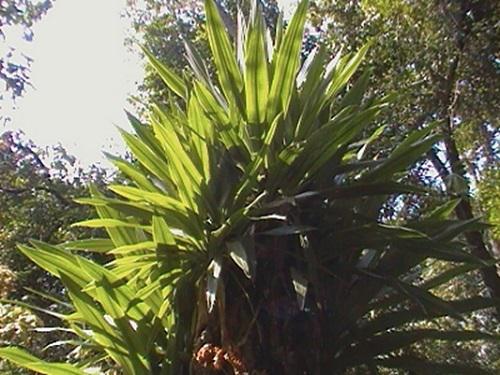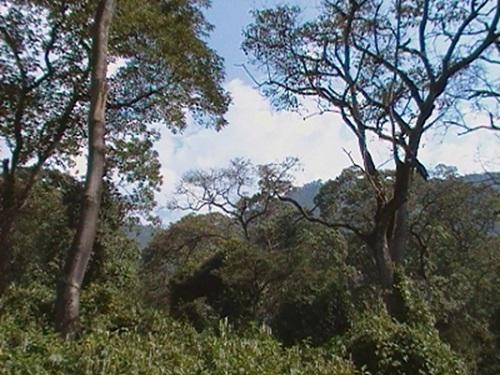Zerihun Asrat, Kutie
The aims of this project are to investigate the area's forest cover change, tree species diversity along the forest structure and its climate change mitigation potential; and also to investigate local people's knowledge and attitude towards conserving the catchment's forest.

Wondo Genet catchment and its forest is located in the south eastern escarpment of the Ethiopian Great Rift Valley (7°06′N and 38°38′E), approximately 260 km south of Addis Ababa, Ethiopia's capital. The catchment contains a forest which is in peril. Besides the environmental or ecosystem services it render, the catchment's forest is home for several plant/tree and wild animal species.

This montane forest is one of the rare remnants of such forest resources of the country which are generally confined to the inaccessible hill-side areas. Hence, the ecosystem itself deserves priority in protection for its environmental services, socioeconomic importance and also research and pedagogical values. As mentioned in several literature and observed practically the Wondo Genet catchment and its montane forest has a huge socioeconomic significance and ecological importance through conservation of biodiversity and endemism and also supply of water and other environmental services for millions of the surrounding people. However, the catchment's forest is currently being encroached by a great number human and livestock population from all sides and the phenomena became a fatal threat. Habitat was fragmented and destructed, and that led to increased incidents of human wildlife conflicts. Traditional medicinal plants in the study area faced great challenges of sustainability, as a result more time, labour and other resources have to be invested in the efforts of searching for them around. Severe water shortage particularly in dry season among the villages in the catchment as well as the nearby downstream towns is the fact at hand. It is all due to the fact that the varied natural resources of the catchment are degrading at alarming rate. Land once covered by natural forest is now converted into agricultural land and settlement.
Therefore, to avert or contain the problem and make well informed decisions reliable information and facts are the basic tools. Accordingly, this study will try to generate information on the existing forest resource base, historical changes and people's knowledge and attitude as a whole using widely accepted methodologies so as to be able to take immediate actions by identifying the types and points of intervention.